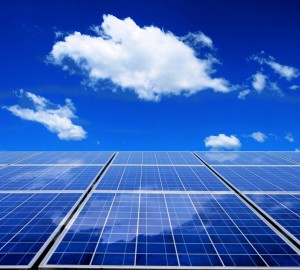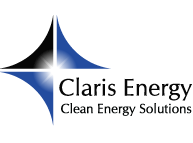 The EPAct 179D is a great way for architects and engineers to save money as well as to build an energy efficient and environmentally friendly structure. An energy efficient building will help lower costs for the entire building project while also lowering costs for building maintenance. This makes energy efficiency important to all businesses. This blog is going to take a look at four key elements individuals will need to remember when seeking the EPAct 179D tax incentive.
The EPAct 179D is a great way for architects and engineers to save money as well as to build an energy efficient and environmentally friendly structure. An energy efficient building will help lower costs for the entire building project while also lowering costs for building maintenance. This makes energy efficiency important to all businesses. This blog is going to take a look at four key elements individuals will need to remember when seeking the EPAct 179D tax incentive.
1. Different Lighting Methods
One of the most energy and cost efficient lighting methods on the market are LEDs. These will save businesses money in the long run while being efficient and eco-friendly. The estimated life of LEDs is 86,000 hours with little to no maintenance required. For a building that requires lights to be on all day, every day an LED lighting system will have a life of about ten years.
2. Using Renewable Energy
A key element in energy efficiency is using renewable energy. This can come from many different sources and 50 percent of the items purchased for the building must be from renewable resources and use renewable energy. This is not as difficult as many may think as most products now focus on using renewable resources or energy. It is important to know that one of the biggest drains on energy for most buildings is hot water. The EPAct 179D requires that approximately 30 percent of hot water should be generated by solar power heating.
3. Receiving Certification for the Deduction
An important part many forget is receiving a certificate for the incentive. An architect and engineer cannot simply inform the IRS that they have met the requirements. They will be expected to give documentation that they have met all regulations. In order to get an unbiased opinion, the builders must seek a third party individual to look through the building and craft the certificate for the builders. Once the certificate is complete, architects and engineers can send it into the IRS to apply for the 179D tax deduction.
4. Energy Consumption for Construction and Maintenance
When building an energy efficient structure, most may believe they only need to make the building efficient. This is not the case if they want to qualify for the EPAct 179D tax deduction. All aspects of the building process must be energy efficient and environmentally friendly. This includes the construction vehicles required for building, any electrical equipment needed, as well as all appliances that go in the building. Most construction vehicles do come with energy efficient models for individuals to choose, but many may not be aware of those vehicles. It is wise to ask about different environmentally friendly items before beginning the building
Building energy efficient structures will not only help architects and engineers receive the EPAct 179D tax incentive, but will also help businesses save money in the future. It will also have a better impact on the earth’s environment and will help bolster individual human health. For more information regarding the EPAct 179D, please contact Claris Energy today.
Steve Nanos
Latest posts by Steve Nanos (see all)
- LED Lighting – A Great EPAct 179D Qualification Possibility - February 3, 2015
- 45L Credit Requirements for Begun Constructions - January 29, 2015
- Can Section 179D Incentives Help Businesses Save a Lot of Money? - January 27, 2015

 609.275.8484
609.275.8484